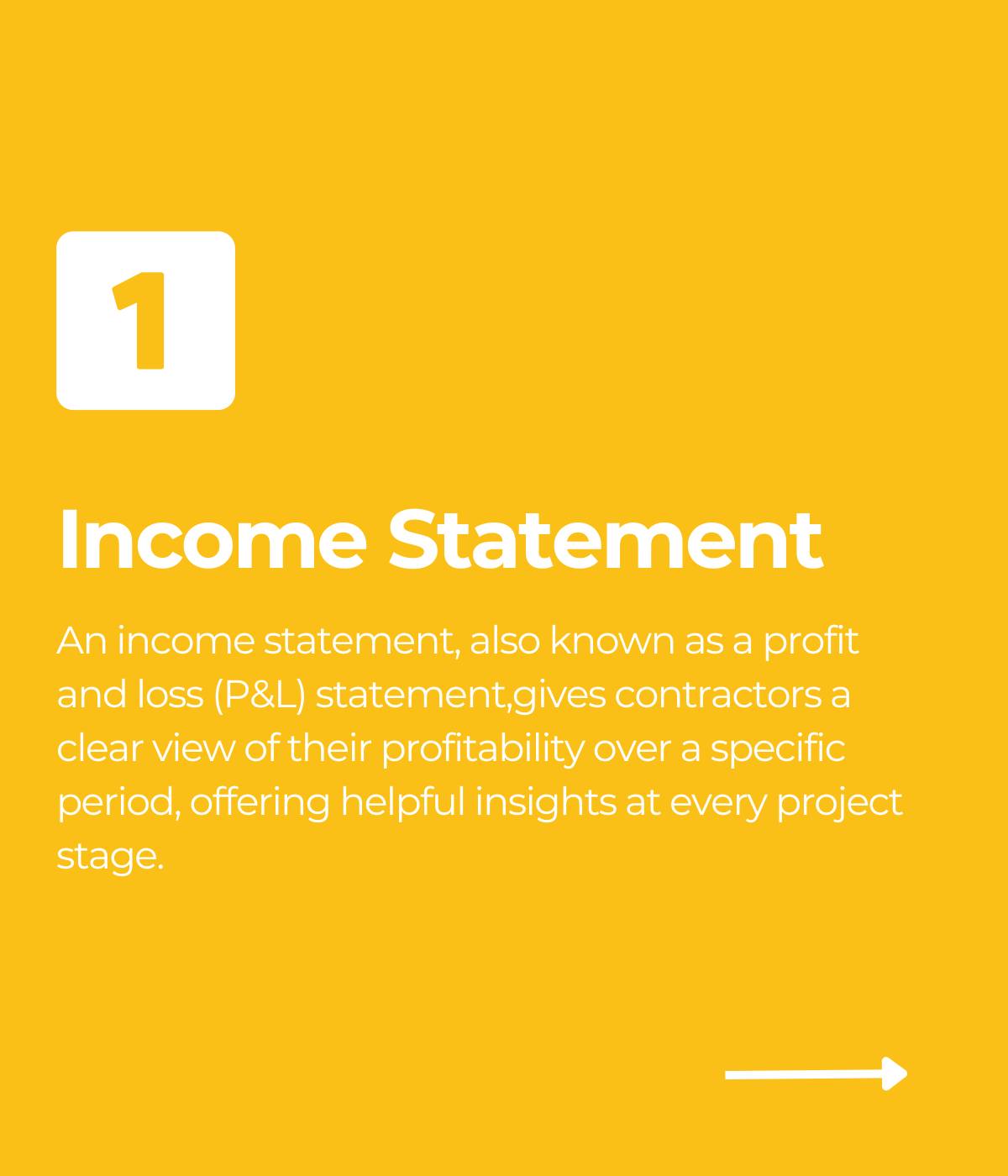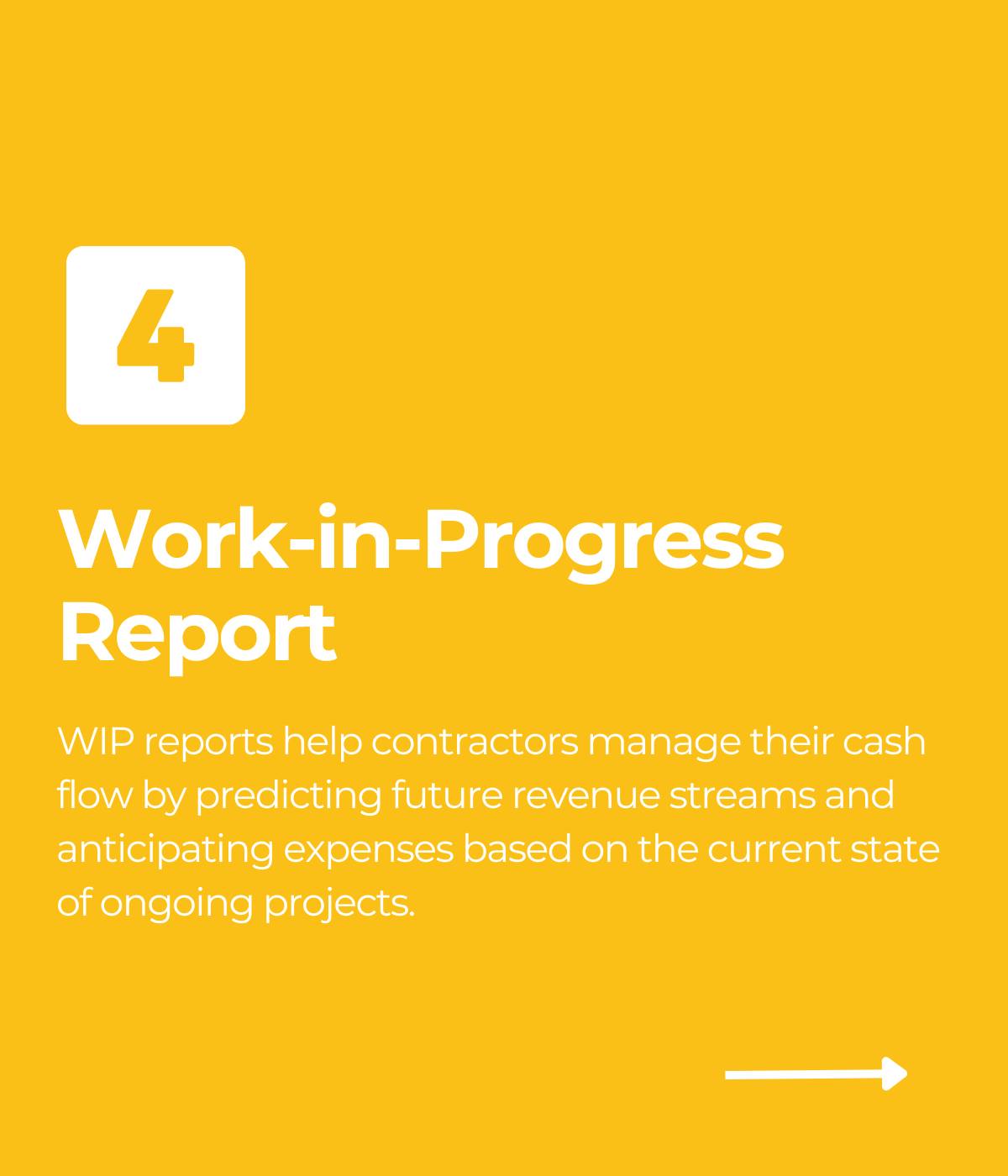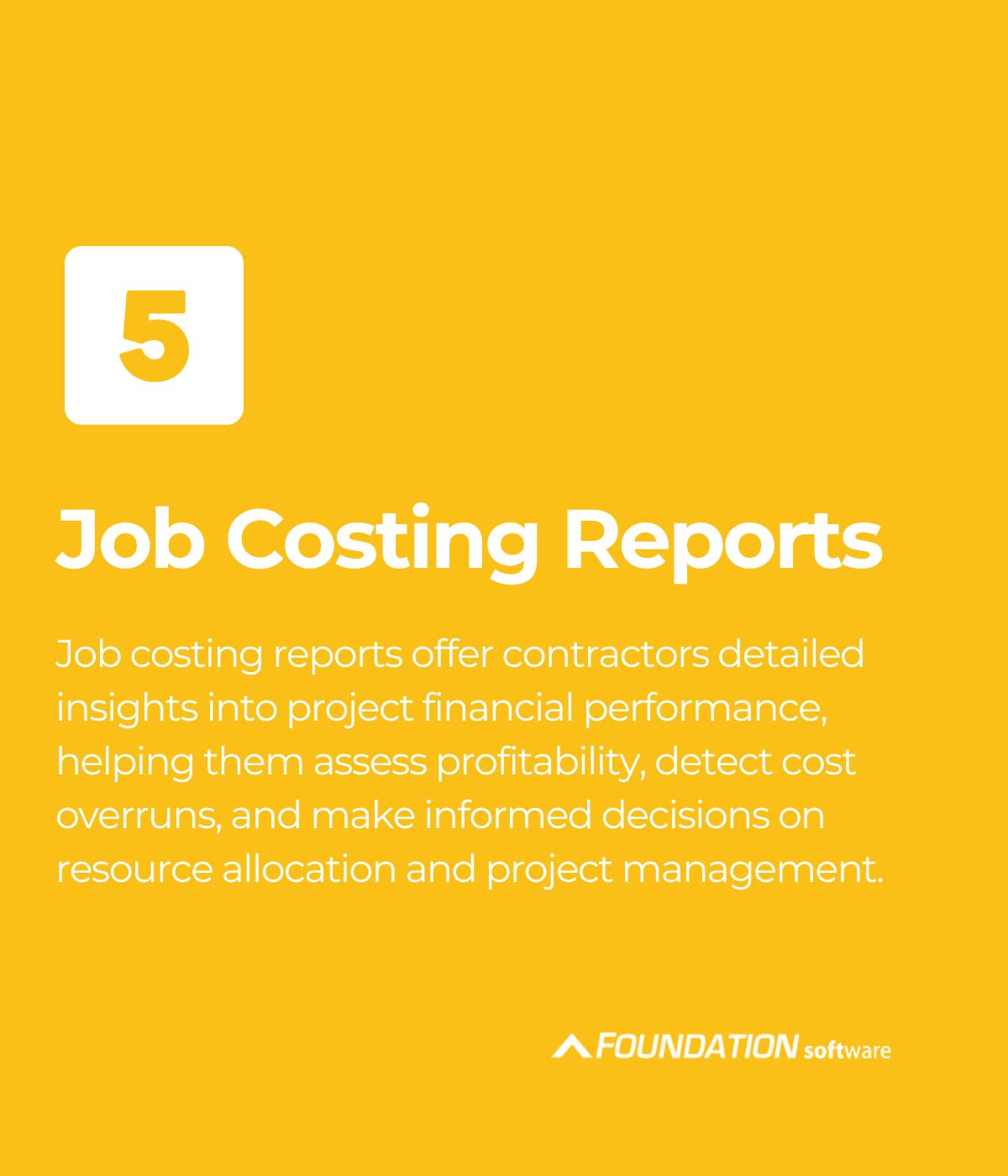
What Is the ASC 606: New Revenue Recognition Standard?
As of reporting periods beginning December 2018, there’s a new standard in town. This provides contractors with guidance on when exactly to report the income they earn. Before, contractors had industry-specific guidance for how to count and report their income under U.S. generally accepted accounting principles (GAAP). Taking their place is Accounting Standards Codification (ASC) 606, Revenue from Contracts with Customers, which introduces the new “five-step model.”

Why ASC 606?
In short, different industries and countries occasionally have had different guidance on how to record income, even on similar transactions. The Financial Accounting Standards Board (FASB) worked with its international counterpart to create a more consistent set of principles and put everyone on the same page.
This includes GAAP-reporting construction contractors.
What’s the Core Idea of the New Standards?
In construction, companies previously reported on the basis of contracts. Very small contractors can report revenue on a “cash basis.” However, most have used either the completed contract method (CCM) generally for shorter-term contracts or the percentage of completion method (PCM) for contracts that unfold more over time.
ASC 606 is based instead on the delivery of promised goods or services to the customer. The important new term for this is “performance obligation,” which isn’t necessarily the same as a single contract. A performance obligation is most simply a contracted promise to provide a good or service.
Under the new rules, the key takeaway is that construction businesses need to use ASC guidance to identify each performance obligation and the most appropriate way to account for its revenue as it’s delivered.
The Five-Step Revenue Model
In place of previous guidance on revenue reporting for construction contracts, ASC 606 instructs contractors to use a five-step process:
| FIVE-STEP MODEL FOR ASC 606 |
|---|
| 1. Identify the contract with a customer. |
| 2. Identify the performance obligations. |
| 3. Determine the transaction price. |
| 4. Allocate the price to the performance obligations. |
| 5. Recognize revenue with the satisfied performance obligation. |
1. Identify the Contract with a Customer
Before anything else, contractors must account for all the legal agreements from which they expect to collect money.
This might not always be as easy as it sounds. First, construction contracts can traditionally involve multiple parties. Second, contractors may also have multiple simultaneous contracts with the same customer. Under ASC 606, companies may need to consider these as one contact or segment them when there are multiple performance obligations.
Similarly, for revenue recognition purposes, contractors may consider change orders part of an existing contract or a new contract. It depends on whether they’re pricing and selling the change as a new, distinct performance obligation.
That said, the next step is to identify what exactly the contracted performance obligations are.
2. Identify the Performance Obligations
Remember, a contract and a performance obligation aren’t necessarily the same. Of course, each contract is based on at least one performance obligation — but it may have more.
For example, a customer might contract a business to renovate an apartment building and expand its parking lot. This could be two performance obligations under one contract. In contrast, construction for several series of townhomes might be a single performance obligation.
In other words, the contractor can satisfy a performance obligation by completing the parking lot, independent of the apartment renovation. And vice versa. In contrast, just running the new electrical wouldn’t be a distinct performance obligation. That’s because the contractor can’t separate it from their contracted obligations to also install new HVAC, complete finishing work, etc. — it’s all an essential part of the whole reno job.
Let’s look at our second example. Each row of townhomes might also seem distinct; any one structure isn’t dependent upon completion of another. However, it actually illustrates a case of a series of goods that are substantially the same. They’d be a single performance obligation when contracted together as one uniform development project. They might complete at different times, but the pattern of delivery would be the same.
3. Determine the Transaction Price
Here, the transaction is the contract, so the “transaction price” is what the customer pays for the contracted goods and services.
A contractor might easily identify a contract’s expected revenue, but it may also involve a little math. This is the case when variable consideration is involved in the contract — such as incentives and penalties, pending change orders, and unit price contracts. As under past guidance, how businesses account for these variables depends on an assessment of the most probable final price.
The determined transaction price will also factor in the impact of any significant financing. If the contractor provides significant financing to the customer, they might record less contract revenue and more income on interest. If the contractor is significantly financed by the customer, they might record more project revenue along with an interest expense.
4. Allocate the Price
Since contractors have already identified the relationship of their contracts to separate performance obligations, they can now allocate the transaction price to each performance obligation contained in that contract. The ASC 606 guidance has contractors do this based on the “relative standalone prices of each distinct good or service.” This is estimated as if the good or service were being sold separately.
5. Recognize Revenue
Finally, contractors will only record income based upon satisfying the performance obligation. That doesn’t mean, however, that you can never count revenue until the entire performance obligation is complete. For example, what about those series of townhomes? The contractor looks at an important consideration called “transfer of control.”
Control is transferred when the contractor’s work becomes the customer’s to own. The language of the contract helps to determine when exactly this happens. For ASC 606, transfer of control happens either over time or at a single point in time.

Conclusion
No overview of the ASC 606 revenue recognition standards will be a complete standalone authority. There are plenty of more detailed considerations contractors need to account for. However, a foundational overview hopefully gives you the basic framework and language for critical conversations with your construction CPA.
Are you concerned about your accounting software being up to the task for revenue recognition requirements? Take an online tour of our ASC 606-compliant construction accounting software with a video demo!
Share Article
Keep on current news in the construction industry. Subscribe to free eNews!
Our Top 3 YouTube Videos
Learn about our software more in depth with product overviews, demos, and much more!
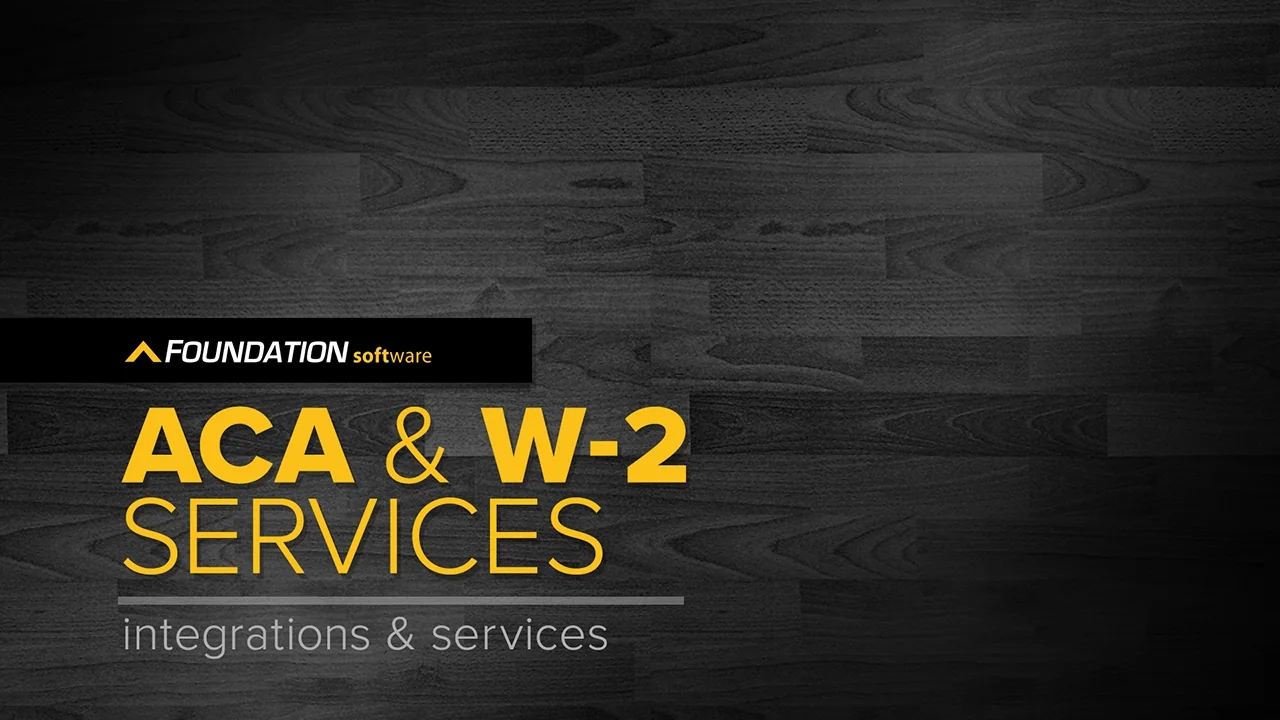
Our ACA reporting & e-filing services include official 1094-C and 1095-C IRS reporting, optional e-filing (no applying for a TCC code required), mailing to your employees and experienced support to help you.

There are plenty of reasons to make FOUNDATION your choice for job cost accounting and construction management software — just ask our clients!
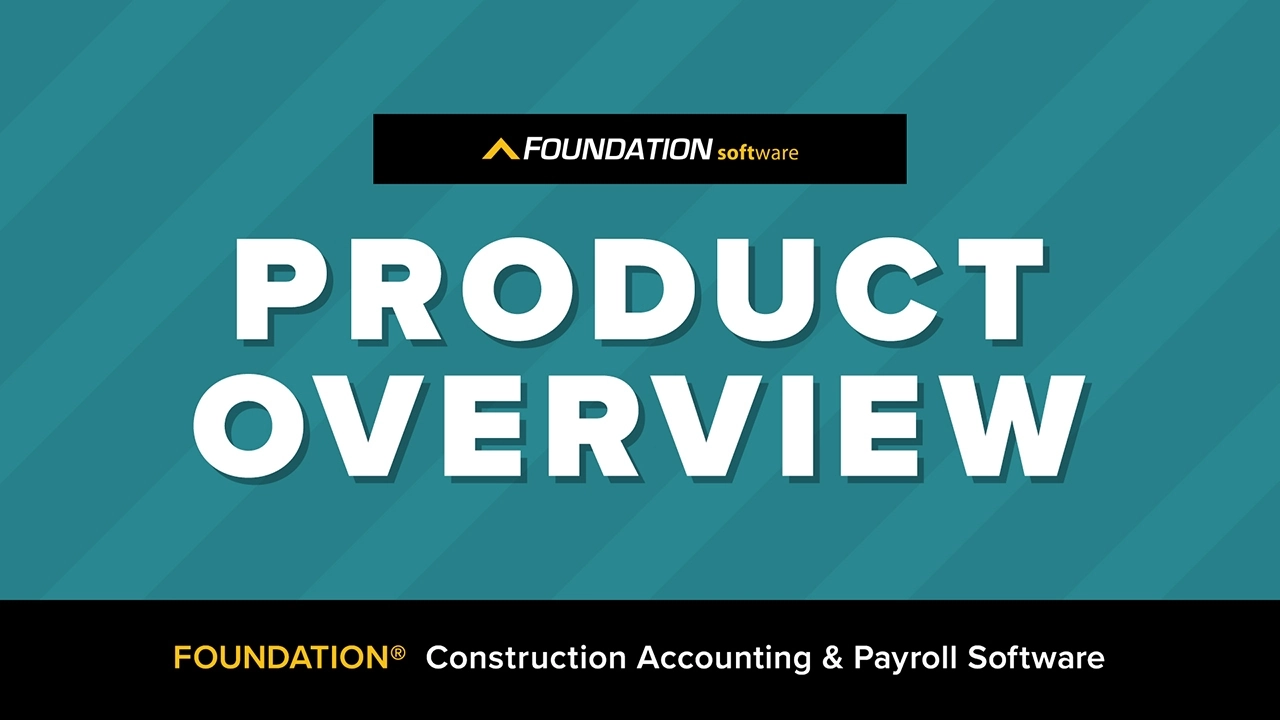
From job cost accounting software, to construction-specific payroll. Get an overview on your next all-in-one back-office solution.




